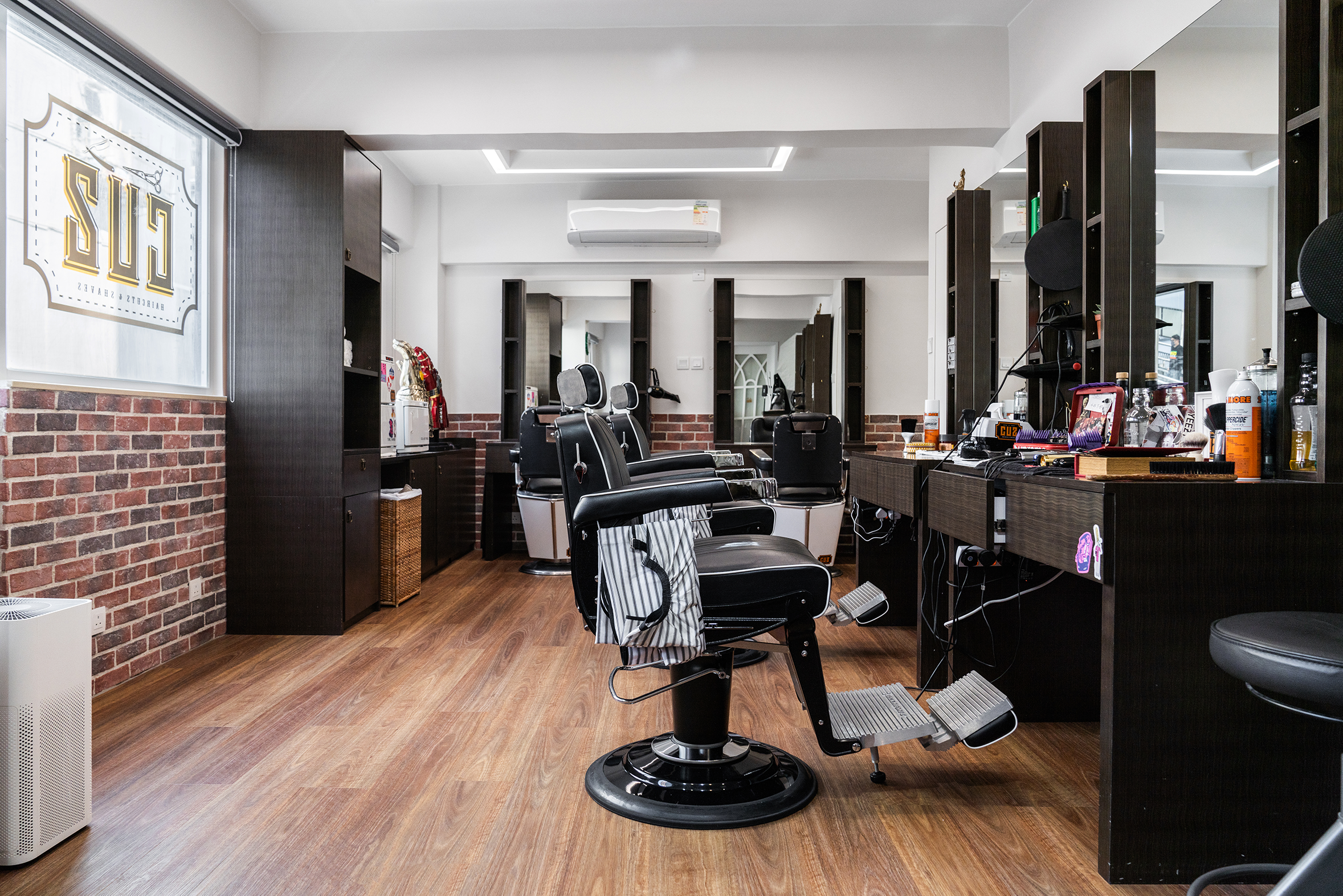Mastering the Art of Effectively Communicating Your Desired Hairstyle to Your Barber So You Get The Hair cut You Really Wanted
When consulting a hairstylist, being able to accurately communicate your ideal hairstyle is vital for achieving the intended look. A well-defined explanation enables the stylist interpret your vision and reduces the chances of misunderstanding. To ensure that you get the haircut you want, it is important to get ready in advance and consider several key factors when articulating your style goals. These factors comprise hair length, consistency, design, and any specific features that you would like to incorporate.
First, consider the length of your hair. Haircuts can range from very short styles like pixies to long layers that fall below the shoulders. It is helpful to specify whether you want a trim, a significant cut, or a complete transformation. Using precise terms such as "shoulder-length" or "mid-back" can provide clarity. Additionally, discussing the possibility of bangs or layers helps the stylist visualize your request more accurately. Being clear about how much length you wish to maintain or remove will significantly influence the outcome of your haircut.
Next, tress consistency plays a key function in shaping how a haircut will appear. Different hair types—such as sleek, wavy, ringlet-filled, or coily—react differently to various cuts. When describing your ideal haircut, it is essential to mention your hair's inherent structure and whether you plan to utilize any styling tools or formulations. For example, if you have thick strands, you may want to ask for thinning techniques to minimize volume. Conversely, if your tresses is thin, you might seek texturizing that create fullness. This information enables the stylist to tailor the cut based on how your strands behaves.

In addition to length and texture, discussing the general look you want can offer direction for the stylist. There are numerous haircuts to select, including classic cuts like blunt cuts and contemporary options like asymmetrical styles. It is helpful to provide examples of looks that you like—these could be images from magazines or online portfolios. Pointing out specific features such as blended lines, sharp lines, or graduated layers can help expressing your vision more clearly. This ensures that both you and your stylist are on the same page regarding desired outcome.
Finally, don't neglect to include any unique traits that might elevate your haircut. This could involve factors such as face shape or personal style preferences that affect the overall look. For instance, those with circular face shapes might get more lean toward soft angles to lengthen their appearance, while clients with square faces may choose blended layering to soften their jaw structure. In addition, talking about color options can also be part of this consultation; specifying if you want accent tones or a solid color can better shape your ideal haircut.
To summarize, effectively colored haircuts conveying your ideal haircut requires careful evaluation of several key elements: length, hair type, look, and unique features. By planning in advance and being clear about these elements, clients can significantly improve their experience at the studio and increase the likelihood of leaving with a result they love. A productive discussion with a stylist is founded upon open dialogue and shared expectations. This collaborative approach guarantees that both client and technician work together towards creating the desired outcome.